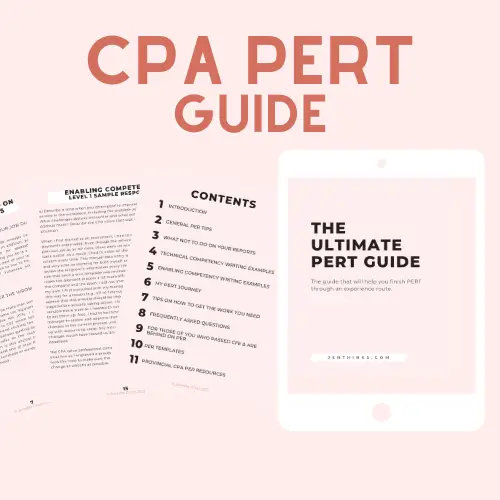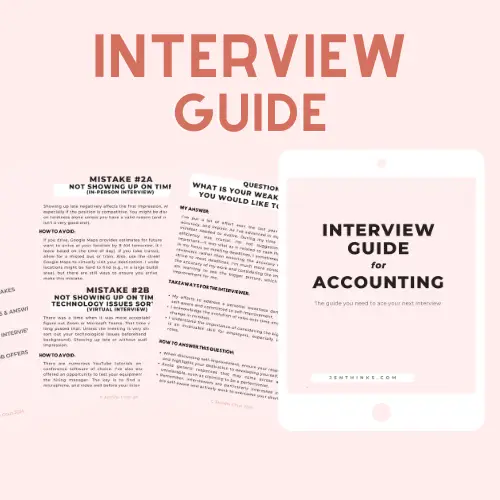Subscribe to my monthly newsletter here or follow me on Twitter so you don’t miss any personal finance post!
This month marks the 10th Anniversary of Financial Literacy Month! Every November, the Financial Consumer Agency of Canada (FCAC) works with organizations in Canada to promote financial literacy. In 2020, they have chosen to focus on helping Canadians gain financial confidence by providing free, practical financial tips and tools. To celebrate, I will be writing a series of posts on different topics of personal finance. Let’s learn about money!
Disclosure: Some of the links below are affiliate links, meaning, at no additional cost to you, I will earn a commission if you click through and apply for a credit card.
In my last Financial Literacy Month post, I shared what I learned at the CPA Financial Literacy Virtual World Tour. This time, I want to walk you through how I made the decision of cancelling my Scotiabank Momentum Visa Infinite Card and applying for the Amex Cobalt (GCR rebate link) instead. This post is not meant to sell you any particular card as everyone’s situation, income and spending habits are different. My hope is to share the factors that I looked at when I was shopping for our next with-fee credit card.
Note, Eric and I together only keep one with-fee credit card (a main card holder with a supplementary card). We each have two other no-fee credit cards that we have had for years. We charge 90% of our purchases on credit card (as opposed to debit or cash) and 90% of those credit card transactions get charged to the card with a fee. Since I have been budgeting for years, I have a good idea of how much we spend on a credit card annually. This is an important metric for when I evaluate which card is most suitable for us.
Why Is Scotiabank Momentum Visa Infinite Card No Longer Perfect For Us
When I applied for the Scotiabank Momentum Visa Infinite, the card’s features that applied or appealed to us were as follow:
- $99 annual fee plus $30 annual fee per supplementary card ($129 total annual fee for a couple)
- 4% cash back on gas and groceries (most of our expenses)
- travel insurance comparable to the ones offered by other with-fee credit cards
- cash back is deposited as a statement credit annually in November (that means if you cancel the card before that you will forfeit the cash back already accumulated from last time the cash back was deposited)
New changes were announced and came into effect in Aug 2019. The changes that mattered to us were:
- annual fees were increased to $120 for the main card holder and $50 for supplementary card ($170 total annual fee for a couple)
- 2% cash back on gas (from 4% to 2%), 4% cash back on groceries (same), recurring bills (from 2% to 4%) and daily transit (new category)
- mobile device insurance for up to $1,000 (new), trip cancellation insurance (new)
The negative change on the cash back % for gas worked out to be a difference of $60 annual cash back for us. However, the new addition of the daily transit category made up for some of the difference ($42) as I used to take the transit for work daily. Since the only recurring bills we had were Netflix and phone bills, the added % worked out to about $40. The mobile device insurance and trip cancellation were nice added bonuses but we didn’t have to make any claim so they ended up with no value to us.
| Changes | Amount |
|---|---|
| Gas (4% to 2%) | ($60) |
| Daily Transit (New) | $42 |
| Recurring Bills (2% to 4%) | $40 |
| Annual Fees ($129 to $170) | ($41) |
| Total Annual Cash Back Loss Due To Change | ($19) |
There were also changes to the cash back rate for pharmacy purchases and interest rates. Since we don’t make purchase at pharmacies often and pay our credit cards off every month, those changes did not matter to us.
As you can tell, the 2019 changes resulted in a negative impact to the value of the card. Since the amount is small, we did not switch to a new card until recently. What I did not like most about the Scotiabank Momentum Visa Infinite Card was that the cash back only got deposited once annually. Even though this was something I was already aware of when I applied for the card, the overall negative changes were the last straw for us (even though we kept it for another year after..).
Why Is The Amex Cobalt Card Perfect For Us
When I first started my search, I was really keen on looking for a proper with-fee travel credit card. I looked at the Marriott BonvoyTM Amex as I am a big fan of the portfolio of hotels under the Marriott brand. However, the restrictive nature of Marriott Bonvoy points (i.e., can only redeem nights at their hotels which limit my hotel choices) stopped me from looking into it further. I then narrowed my options to Scotia Gold Amex, TD First Class Visa Infinite (decided against when I found out I had to book using on Expedia For TD) and the Amex Cobalt card.
RELATED – Hotel Review – JW Marriott Parq Vancouver
Since I gave up on the TD Visa, I compared the Scotia Amex and Amex Cobalt side-by-side (not an exhaustive list but only factors that mattered to me) next:
| Category | Scotia Gold Amex | Amex Cobalt |
|---|---|---|
| Annual Fee (1 Main + 1 Supplementary) | $149 | $120 ($10/month) |
| GCR Rebate | $60 | $100 (boosted until Nov 30, 2020) |
| Food (Grocery, Restaurants & Food Delivery) | 5%* | 5% |
| Gas | 3% | 2% |
| Travel | 1% | 2% |
| Streaming | 3% | 1% |
| Everything Else | 1% | 1% |
| Welcome Offer | $250** | $300** (over 12 months) |
| Travel Insurance | Comprehensive including trip cancellation/interruption | Comprehensive except for cancellation/interruption |
| Redemption | Directly to travel expenses charged on the card | Directly to travel expenses charged on the card |
When I calculated my first year return based on our spending habits, the Amex Cobalt would offer $130 more in cash back. Note, the first year’s return is inflated due to the welcome bonus and GCR cash back. After the first year, the difference will be only $30/year (Amex Cobalt is still better).
To help you understand how I came to the numbers, I have included an example below:
| Category | Annual Spending | Scotia Gold Amex | Amex Cobalt |
|---|---|---|---|
| Food | $6,000 ($500/month) | $300 | $300 |
| Gas | $2,400 ($200/month) | $72 | $48 |
| Travel | $3,000 ($250/month) | $30 | $60 |
| Streaming | $180 ($15/month) | $5 | $2 |
| Everything Else | $9,600 ($800/month) | $96 | $96 |
| Welcome Offer | N/A | $250 | $300 |
| GCR Rebate | N/A | $60 | $100 (boosted until Nov 30, 2020) |
| Annual Fees | N/A | ($149) | ($120) |
| Total First Year Cash Back | $664 | $786 |
Features That I Wish The Amex Cobalt Card Had
The travel cancellation/interruption insurance is the only thing I wish the Amex Cobalt card had that Scotia Gold Amex had. Note, Scotia Gold Amex also does not charge the 2.5% foreign transaction fees. This feature has no value to me because of my experience with the Scotiabank Momentum Visa Infinite card which also did not charge the 2.5%. I found that the FX I was charged on my Scotia VISA was consistently worse than what I was charged on my no-fee MBNA Platinum Plus Mastercard on the same day when I travelled. As a result, I always charged my USD purchase on my MBNA.
Takeaways?
When it comes to finding the best credit card for you, I always suggest calculating the monetary value of the perks (e.g., cash back) based on your spending habits. Some cards offer a number of non-cash perks such as free airport lounge passes, hotel loyalty status (e.g., Marriott Bonvoy Amex) but they should not be relevant to your decision making if you will not utilize them (e.g., your closest airport doesn’t have the lounge).
RELATED POST – What You Can Do to Prepare for A Recession – Part 1
Let’s talk about money.


